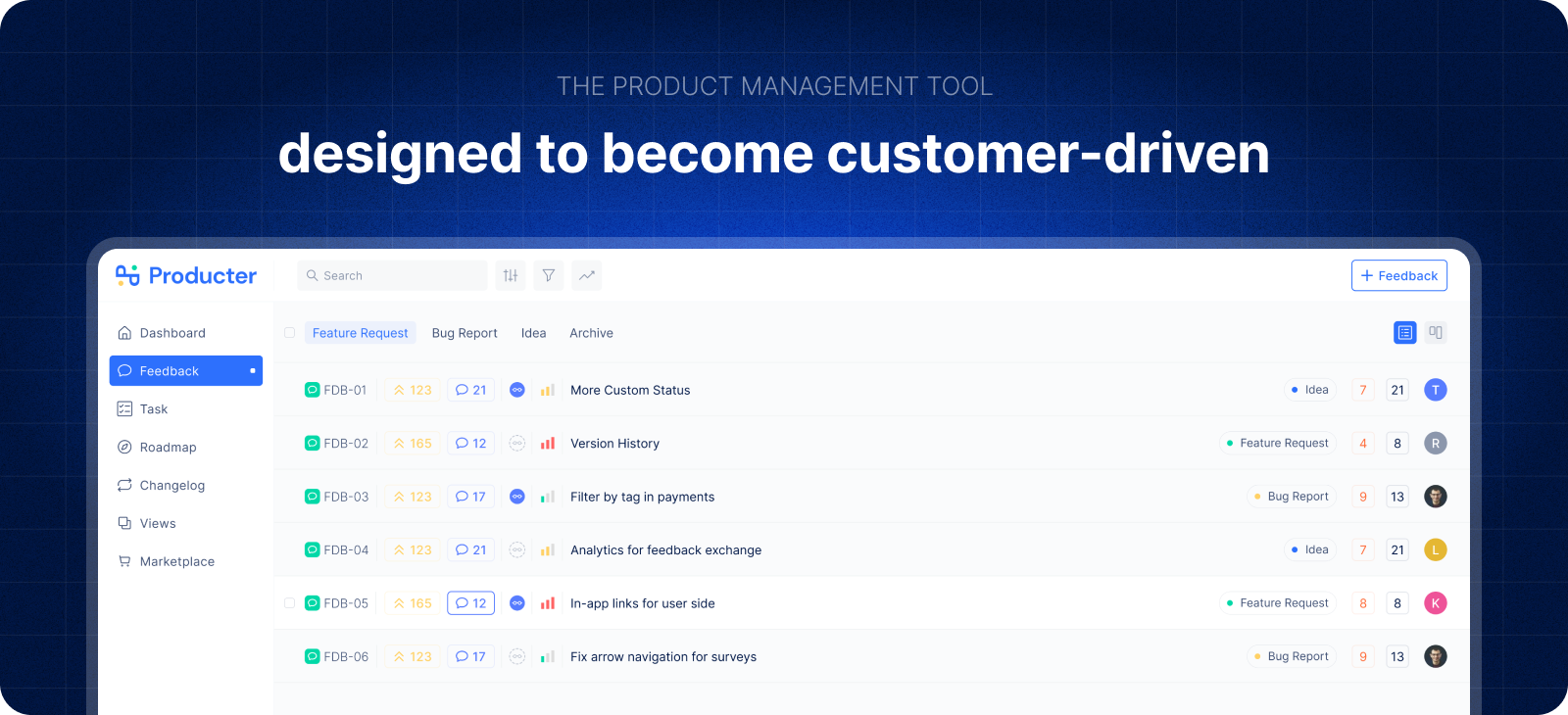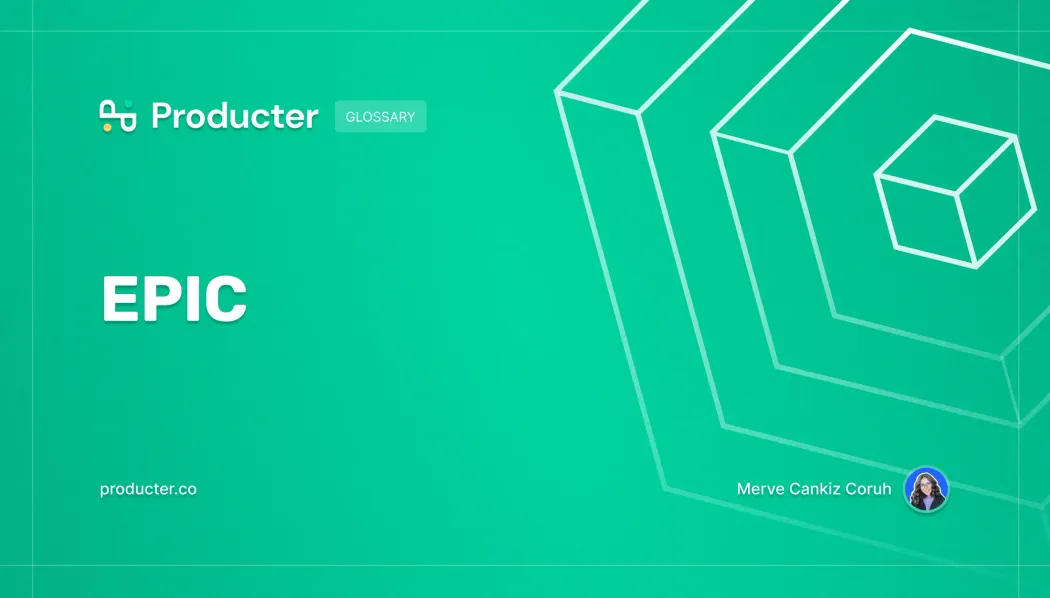Epics are large, high-level user stories that can be broken down into smaller, more manageable tasks. They are typically used in agile software development to help multiple teams identify and track progress on large features or projects.
Epics can be used to define the scope of a project, track progress towards specific goals, and ensure that all team members are working towards the same objectives.
In many cases, epics can be used to identify and avoid scope creep.
Benefits of using Epics in Agile Project Management
There are many benefits of using Epics in Agile Development. Here are some of the most notable advantages:

1.Improved Project Planning:
One of the biggest advantages of using Epics is that it can help improve project planning.
By having a clear understanding of what an Epic entails, you can better plan and manage your project as a whole.
This improved level of planning can lead to a more successful overall outcome.
2.Increased transparency and communication:
When all team members are aware of the goals and objectives of an Epic, it leads to increased transparency and communication amongst them.
This, in turn, can help improve the efficiency of the agile team as a whole.
3.Improved product quality:
Epics help to improve product quality in a number of ways. Firstly, they give a clear overview of the overall project scope and objectives.
This keeps the development team focused on the most important aspects of the project and ensures that all features are implemented correctly.
Secondly, epics can be used to track progress throughout the development process.
This allows the development team to identify any areas where quality is slipping and take corrective action.
Finally, epics can be used to assess the final product quality. This allows the development team to identify any areas where further improvement is needed.

4.Faster delivery time:
One of the main benefits of Agile development is that it helps shorten delivery timeframes.
Using Epics can further help to reduce delivery timeframes by ensuring that each task is well-defined and can be easily completed.
5.Improved customer satisfaction:
In the end, the goal of any business is to satisfy their customers. By using Epics, you can make sure that your product meets the specific needs and expectations of your target market.
This leads to improved customer satisfaction levels and repeat business. You can check the efficiency of epics with customer feedback.
How can you use Epics?
There are many ways that you can use Epics in Agile Development. Here are some of the most common ways:
1.To define the scope of your project:
One of the best ways to use Epics is to define the scope of your project. This helps ensure that all team members are aware of the goals and objectives of the project from the start.
2.To break down features into smaller tasks:
Epics can also be used to break down features into smaller tasks. This helps to make sure that each feature is properly scoped and that no task is too large or small.
3.To track progress:
Epics can also be used to track progress on a project.
By tracking the completion of Epics, you can get a better understanding of how close your team is to finishing the project.
4.To communicate with stakeholders:
Finally, Epics can be used to communicate with stakeholders about the project. This helps ensure that everyone is on the same page and that there are no surprises along the way.
Best Practices
Before you create epics, it is important to keep the following in mind:
-Epics should be large enough to be broken down into smaller stories, but not so large that they become unmanageable.
-Epics should be high-level and focused on the overall goal of the project.
-Epics should be clearly defined and easy to understand.
-Epics should be able to be tracked using specific metrics.
-If you're working on a large project or feature, consider using an epic to help keep track of your progress.
By doing so, you can avoid scope creep and ensure that all team members are working towards the same goal.
Frequently Asked Questions
How can epics be used in agile development?
Epics can be used in agile development to help create a product roadmap and manage large pieces of work.
By breaking down an epic into smaller stories, agile teams can more easily estimate, prioritize, and track progress on work items.
Additionally, creating agile epics can help ensure that all stakeholders are aligned on the vision for a project or product. You can find any agile epic example to take a general idea of the concept.
What is the difference between an epic and a user story?
An epic is a high-level description of work that needs to be done, while a user story is a specific, smaller piece of work that contributes to the completion of an epic.
Epics are typically too large to be completed in one iteration, and need to be broken down into smaller stories.
How do you write a good epic in agile management?
If you want to create a successful agile management strategy, you need to be able to write good epics.
All your user stories that are too large to be completed in one iteration can be called epics. In order to write a good epic, you need to have a clear understanding of what the goal of the user story is and what tasks need to be completed in order to achieve that goal.
You also need to make sure that the user story is relevant to the project at hand. Lastly, you need to ensure that the epic is achievable within the timeframe that you have set.
What are some common issues with using epics in agile development?
Some common issues with using epics in agile development include:
-Epics can be too large and unwieldy, making them difficult to estimate and track progress on.
-If not managed properly, epics can create scope creep and lead to unrealistic expectations.
-Stakeholders may have difficulty agreeing on the content and scope of an epic.
How can these issues be addressed?
Some ways to address these issues include:
- Breaking down epics into smaller stories that can be more easily estimated and tracked
- Managing stakeholder expectations by setting clear boundaries on what an epic will include
- Getting input from multiple stakeholders when defining the content and scope of an epic
What is epic and sprint in Agile?
Epics are high-level user stories that describe a large feature or functionality. They typically take several sprints to complete.
Sprints are shorter, time-boxed periods of time in which a specific goal is accomplished.
Each sprint has a specific goal, and the work done in each sprint builds upon the previous sprint's work.
What is an epic in Scrum?
Epics are user stories that are too large to be completed in a single sprint. They are broken down into smaller user stories called features, which can be completed in a single sprint. Epics typically take several sprints to complete.
What is an epic vs story in Agile?
Epics and stories are two terms used in agile frameworks. An epic is a large user story that is too big to be completed in one sprint.
A story is a small, self-contained unit of work that can be completed in one sprint. Stories are typically associated with tasks in a project backlog, and epics are typically associated with features.
There are a few key differences between epics and stories:
-Epics are usually too big to be completed in one sprint, while stories are small enough to be done in a single sprint.
-Epics are typically associated with features, while stories are generally associated with tasks in a project backlog.
-Epics usually take longer to complete than stories.
In general, agile epic examples are larger and more complex than stories. They are usually associated with features, while stories are generally associated with tasks. Epics typically take longer to complete than stories.
Why is it called epic agile?
The word "epic" is often used to describe something that is grandiose, extraordinary, or impressive. In the context of agile software development, "epic" can be used to describe a large and complex user story that would require a significant amount of time and effort to complete. An epic user story is typically too big to be completed in a single sprint, and would need to be broken down into smaller user stories before it can be added to the product backlog.
The word "agile" is used to describe a development methodology that favors iterative and incremental approaches to software development. Agile software development is characterized by short sprints, frequent releases, and close collaboration between developers and stakeholders.
An "agile epic" is a user story that is too big to be completed in a single sprint, but can be broken down into smaller user stories that can be completed over the course of multiple sprints.
Producter is a product management tool designed to become customer-driven.
It helps you collect feedback, manage tasks, sharing product updates, creating product docs, and tracking roadmap.






